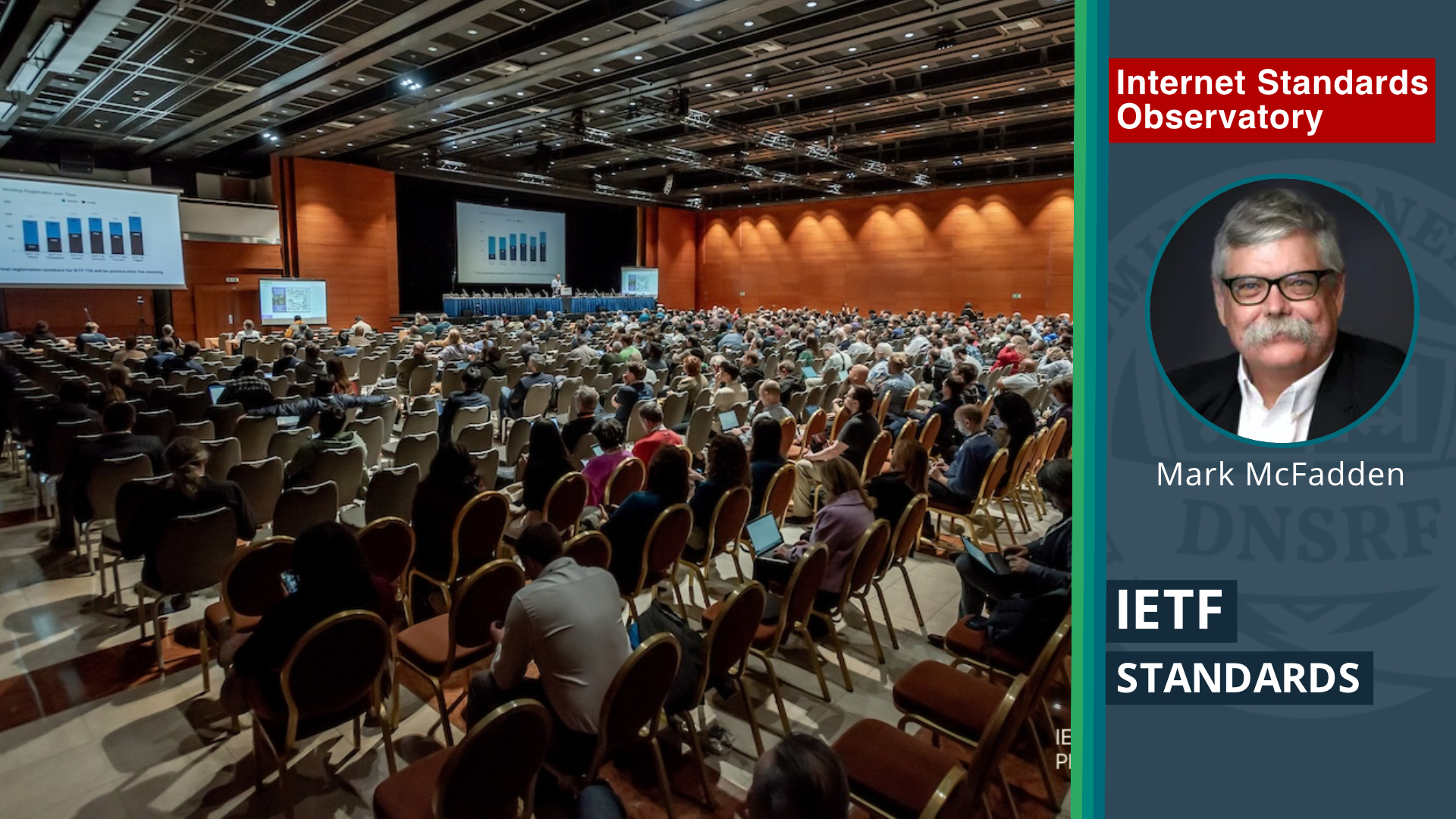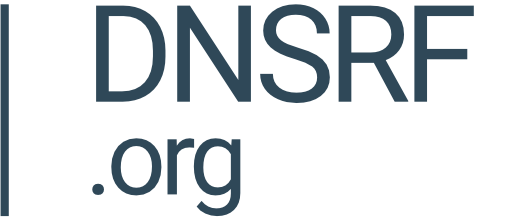IETF: Three Interesting Things

By Mark McFadden
Modman
Years ago, the IETF worked primarily by email. Drafts were shared, comments were made, editing was done, and consensus was reached. The email lists are still there today, and they are open to anyone with a functioning email address. Not only does every working group have a mailing list, but every research group and every BoF does as well.The openness of the mailing lists is a characteristic value of the IETF. In the many years that the IETF has been around, very little formality surrounds the lists. Only rarely has the temperature on the mailing lists risen above lukewarm. That history is part of the reason that the only mechanisms for moderation on the lists were for extreme measures.
The openness of the mailing lists is a characteristic value of the IETF. In the many years that the IETF has been around, very little formality surrounds the lists. Only rarely has the temperature on the mailing lists risen above lukewarm. That history is part of the reason that the only mechanisms for moderation on the lists were for extreme measures.
At the Vancouver IETF meeting, there was a call to change that.Since the pandemic, there have been calls for some direction for individuals responsible for moderating the discussion. Guidance for how to handle discussions that become off-topic or even abusive is being suggested. This is a change to what has been, in the past, a relatively permissionless, guideline-free discussion environment.
In Vancouver, the IETF Chair agreed to convene a special purpose working group to address the issue of mailing list moderation. The only previous guidance is in RFC3683, which only deals with extreme situations. A proposed charter is being discussed on the MODMAN mailing list, and we expect to see further debate on IETF 121 in Dublin.
Shenzhen
Back in July of this year, the IESG conducted a survey about how to proceed with a meeting in Asia in March 2026. The IETF relies on IETF LLC to plan, manage, and negotiate venues for future in-person IETF meetings. The process of selecting a meeting venue is arduous, and the plans for IETF 125 have been no different. However, what stands out in this case is that the selected location is Shenzhen in the People's Republic of China.
Section 2.1 of RFC8718 has a set of requirements for selecting an IETF meeting venue. The IESG asked the IETF LLC to survey potential participants and see if they would be likely to participate in a meeting in China in person. Of those who responded that they would ordinarily attend an in-person meeting, 51% reported that they would expect to participate in person if the meeting was held in China. The survey also indicated that, even though the level of participation might be lower than usual if it were held in China, it would still be in keeping with the attendance at the previous meeting in China (which was judged to be a successful meeting in the post-meeting survey).
After the announcement, several members of the IETF community raised concerns about holding a meeting in China, including evaluations from national governments and third-party travel services. Using those services, if the country had an assessment of "Reconsider travel," it used to make the venue unacceptable. However, due to COVID-19, this approach was found to be too restrictive since it applied to many countries. In practice, the IETF LLC ignored that approach during the pandemic. Since the pandemic, and as the result of a more recent review, the IETF LLC changed the criteria so that "Do not travel" is unacceptable for a venue choice.
With the choice made, the IETF LLC now starts the process on negotiating with hotels, working with local partners, and coping with the enormous number of details involved in organizing and holding one of the IETF's three, in-person meetings a year.
Interim Meetings - A Bonanza
As I write this in early October 2024, there have been 50 interim meetings of IETF-related groups scheduled since the in-person IETF 120 meeting in Vancouver. IETF 120 was at the end of July, so that represents about 25 interim meetings per month — an average of a little more than one per workday.
For some working groups, the sheer volume of work makes interim meetings necessary: there simply wouldn't be enough time at an in-person meeting for all the drafts under discussion. For other working groups, the chairs feel that interim meetings represent the best way to make continued progress toward meeting milestones and achieving deliverables in their charters.
But what is the impact of all these interim meetings on an interested person who is just trying to get a feel for what's going on? And, what does it mean for the development of standards at the IETF?
For some people, the interim meetings are essential to the IETF's progress on standards. However, the sheer volume means that few could participate in all the interims, even if they wanted. The number of people attending the interims is significantly smaller than in traditional, in-person settings. That means that the standards are being developed by an ever-shrinking number of topic experts without observers or external visibility.
None of that changes how individual drafts become working group drafts or how they get approved by the working group and the IETF in general. IETF mailing lists and the Last Call process remain at the heart of IETF standards development. Nevertheless, the rise of interim meetings, conducted virtually, reflects how all of us have come to work in the time since the pandemic. The explosion of interim meetings raises a new set of questions for the leadership of the IETF, but the IETF is certainly not alone in having to navigate new ways of working.


